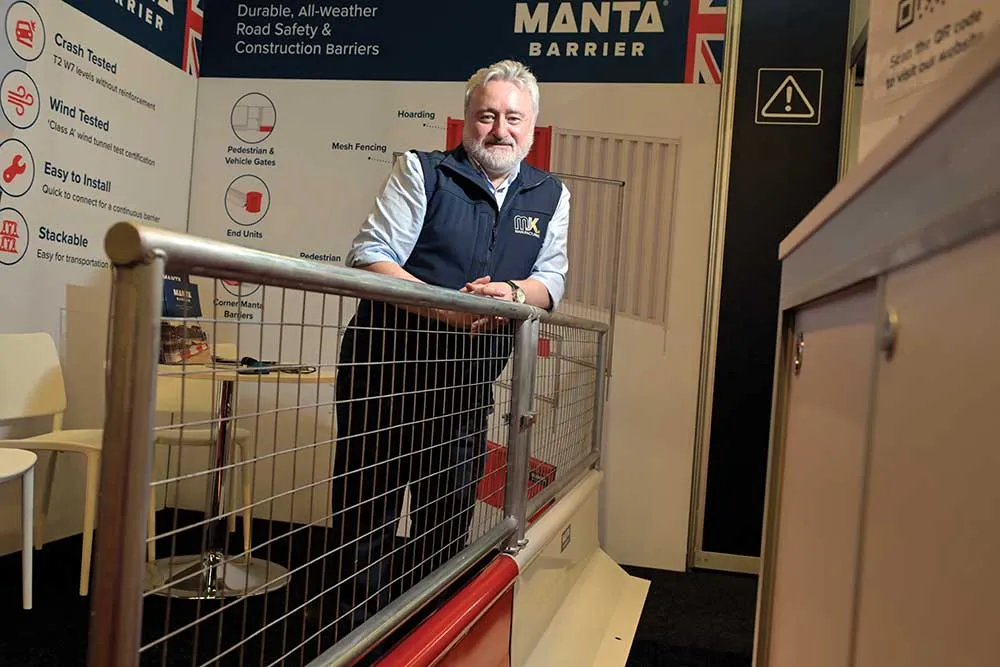Korean safety products manufacturer Shindo Industry is showing its new Crash Cushion System II.
April 6, 2016
Read time: 1 min

Korean safety products manufacturer 8388 Shindo Industry is showing its new Crash Cushion System II.
The cushion is a 100% zinc-galvanized steel structure that has an enhanced service life that requires low maintenance. No plastic or breakable parts in the structure minimise the chance of other vehicles being affected by debris after a vehicle has hit the cushion.
Shindo Industry has been a leading traffic safety products manufacturer in Korea for many years, specialising in crash cushions, guardrails, end treatment and general road safety products.










